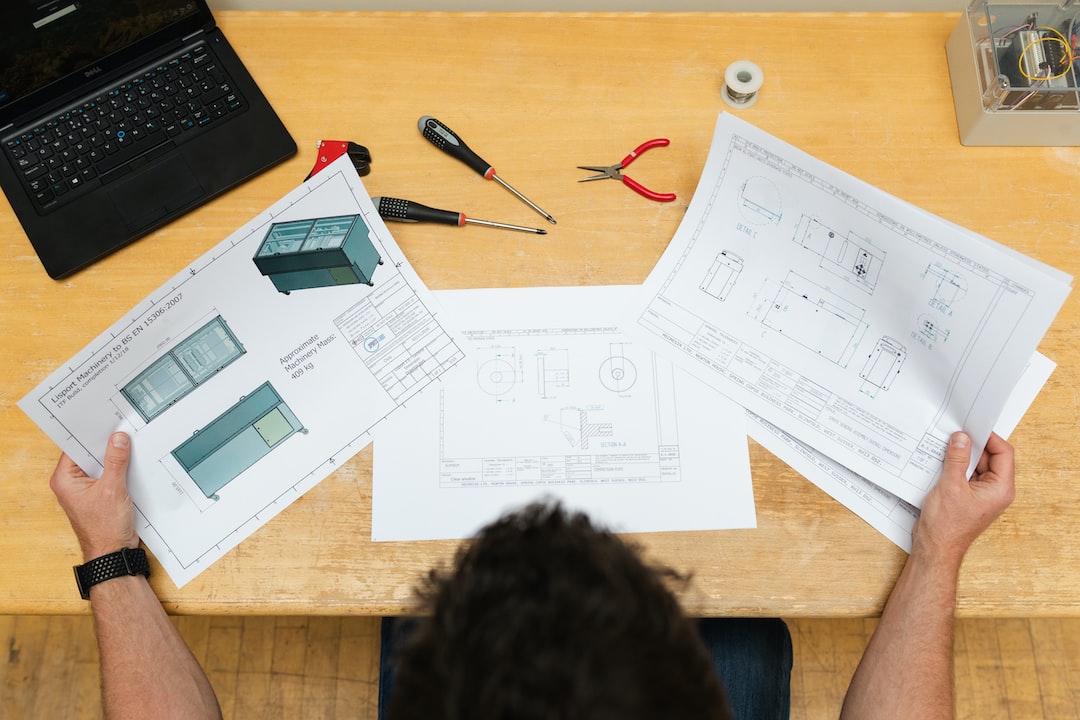Exploring Renewable Energy Solutions for Engineering Projects
In recent years, there has been a growing movement towards incorporating renewable energy solutions into engineering projects. With concerns about sustainability and climate change on the rise, engineers are increasingly finding innovative ways to harness the power of renewable resources in order to mitigate environmental impacts and reduce reliance on fossil fuels. This blog post will explore some of the most promising renewable energy solutions for engineering projects and highlight their potential benefits.
Solar energy is one of the most widely recognized and utilized forms of renewable energy. With the advancements in solar panel technology, engineers are now able to capture sunlight and convert it into electricity more efficiently than ever before. Solar panels can be integrated into various engineering projects, such as building rooftops, roadways, and even portable charging stations. By utilizing solar energy, engineers can reduce the carbon footprint of their projects and contribute to a cleaner environment.
Another promising renewable energy solution is wind power. Wind turbines generate electricity by converting the kinetic energy of the wind into mechanical power, which is then converted into electrical power. Wind farms are becoming an increasingly common sight in many regions, generating clean and renewable energy for thousands of homes and businesses. In engineering projects, wind turbines can be strategically placed in areas with high wind speeds, such as coastal or mountaintop locations, to maximize energy production. The use of wind power can significantly reduce the reliance on traditional power sources, leading to a more sustainable future.
Hydropower is an age-old concept that has been harnessed for centuries. By capturing the energy of flowing or falling water, hydropower plants can generate electricity in a clean and efficient manner. Dams and reservoirs are constructed to store water, allowing it to flow through turbines to produce power. Hydropower is a reliable and flexible source of renewable energy, making it suitable for engineering projects with consistent access to water resources. It is also a versatile form of energy, as it can be stored and used as a backup during times of low renewable energy generation.
Biomass energy is another renewable energy solution that engineers can explore for their projects. Biomass refers to organic materials, such as agricultural waste, wood, and municipal solid waste, which can be converted into energy. This process, known as biomass conversion, can involve burning biomass to produce heat or converting it into biogas or biofuels. Biomass energy is not only renewable but also carbon-neutral, as the carbon released during the energy generation process is part of the natural carbon cycle. By utilizing biomass energy, engineers can contribute to waste management practices and reduce dependence on non-renewable energy sources.
Geothermal energy is a lesser-known but highly promising renewable energy source. This form of energy harnesses the heat generated by the Earth’s core to generate electricity or provide heating and cooling. Geothermal power plants utilize steam or hot water from underground reservoirs to drive turbines and produce electricity. Geothermal energy is available 24/7, making it a reliable and consistent source of renewable power. Engineers can explore geothermal energy solutions for projects located in areas with significant geothermal resources, reducing the reliance on conventional energy sources and minimizing environmental impacts.
In conclusion, incorporating renewable energy solutions into engineering projects is an essential step towards achieving sustainability and combating climate change. Solar energy, wind power, hydropower, biomass energy, and geothermal energy are all viable options for engineers to explore. By harnessing the power of these renewable resources, engineers can reduce carbon emissions, increase energy efficiency, and contribute to a greener future. It is crucial for engineers to consider these renewable energy solutions and integrate them into their projects to pave the way towards a more sustainable world.

